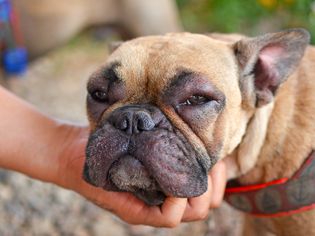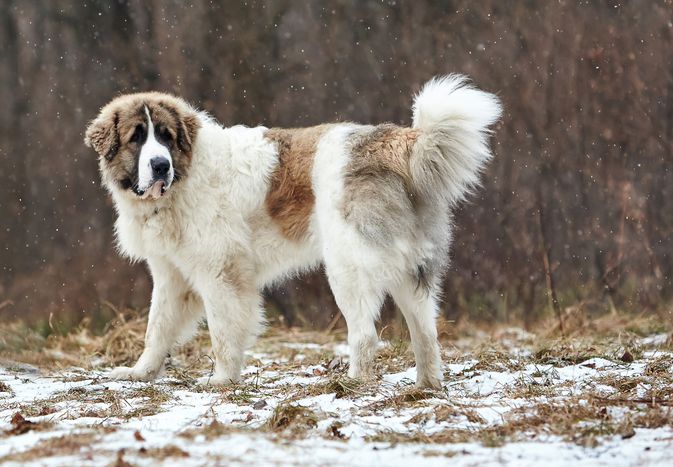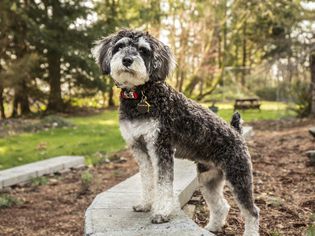Dry eye, technically known as keratoconjunctivitis sicca (KCS), is an uncomfortable condition that affects dogs' eyes but can be overlooked in its early stages. Left untreated, dry eye can damage the cornea. Fortunately, topical treatments can often provide long-term relief.
What Is Dry Eye?
Dry eye is a condition in which a dog's cornea suffers dehydration. It usually happens secondarily to a problem with the tear glands not producing enough moisture to lubricate and protect the eye. This tear deficiency causes dryness and inflammation of the eye that can lead to infection.
Symptoms of Dry Eye in Dogs
In a normally functioning eye, lacrimal glands (tear glands) produce tears that contain water, salts, oil, and mucus. Tears keep the eyes lubricated and flush out material from the eyes that can cause irritation and infection. When the lacrimal glands stop functioning properly, the following symptoms may ensue.
Without proper tear production, the eye can become injured by particles of debris and even become infected. The cornea becomes thickened to protect the rest of the eye from injury. The tear glands may still produce oil and mucus, but not water. This can create a thick discharge in and around the eyes.
Causes of Dry Eye
Dry eye is most commonly caused by an immune-mediated disease process that damages the tear glands. This can occur in any dog but is especially common in American cocker spaniels, bulldogs, miniature schnauzers, Shih-Tzus, and West Highland white terriers.
Other potential causes of dry eye in dogs include:
- Congenital disorders in which lacrimal glands are absent or do not function properly at birth
- Infectious diseases, especially those that affect the upper respiratory system
- Cherry eye (prolapse of the third eyelid)
- Endocrine diseases
- Trauma or damage to the eye (caused by injury, toxicity, or disease processes)
Diagnosing Dry Eye in Dogs
It is important to contact your veterinarian at the first sign of eye problems. Diseases of the eye can progress rapidly.
Your vet will perform a thorough examination of your dog's eyes followed by special eye tests, such as the Schirmer tear test and fluorescein stain test to check for damage to the cornea. This is a particularly important test because dry eye can cause corneal ulcers and injuries that require special medication to heal.
Treatment
Once your dog has been diagnosed with dry eye, treatment will involve the use of one or more kinds of topical eye medications.
Cyclosporine and tacrolimus are immunosuppressive drugs that treat immune-mediated dry eye. These come in ointment or drop form and need to be administered one to two times daily.
Topical antibiotics may be needed to treat or prevent infections. Steroids may also be employed to reduce inflammation.
Artificial tears help lubricate the eyes, but they must be used frequently to be effective. These alone will not treat dry eye, although they may be used in conjunction with other eye medications.
Surgery may be necessary in severe cases that do not respond to medical treatment. A veterinary ophthalmologist can perform a surgical procedure called a parotid duct transposition. This involves re-routing one of the salivary ducts to the eye so that the saliva can provide lubrication. Complications may occur, though, so surgery is usually a last resort.
Prognosis for Dogs with Dry Eye
Dogs that receive prompt treatment for dry eye generally recover fully without any eye damage. However, these dogs may require lifelong topical treatment, depending on the cause of their condition, to maintain the health of their eyes.
Dogs that have suffered corneal ulceration or scarring due to dry eye may have lifelong sight impairment but will likely adapt and enjoy a high quality of life with proper treatment and regular veterinary assessments of their ocular health.
How to Prevent Dry Eye
Autoimmune or congenital causes of dry eye cannot be prevented, but you can help minimize external causes by protecting your dog from airborne irritants and trauma, as possible.








